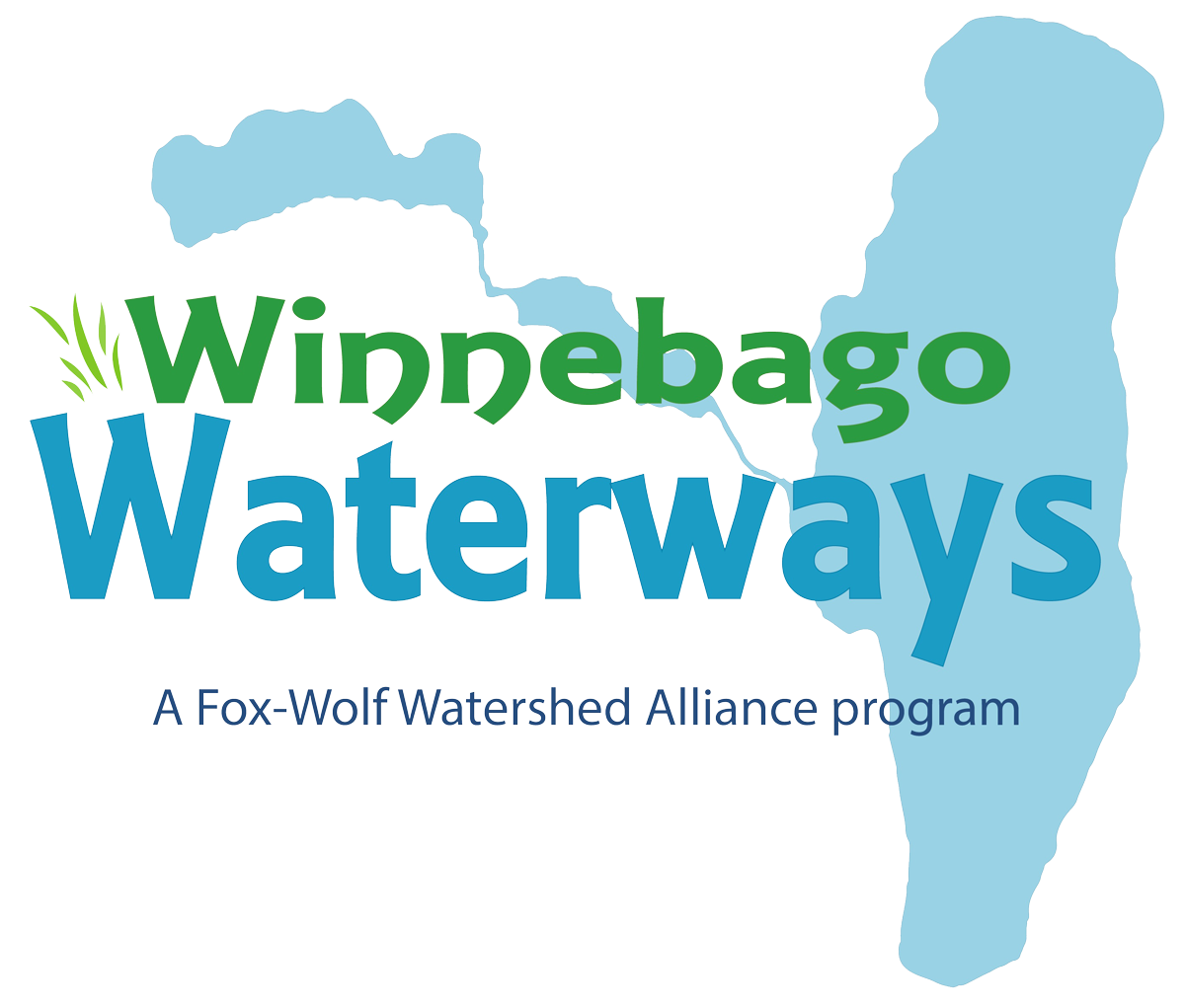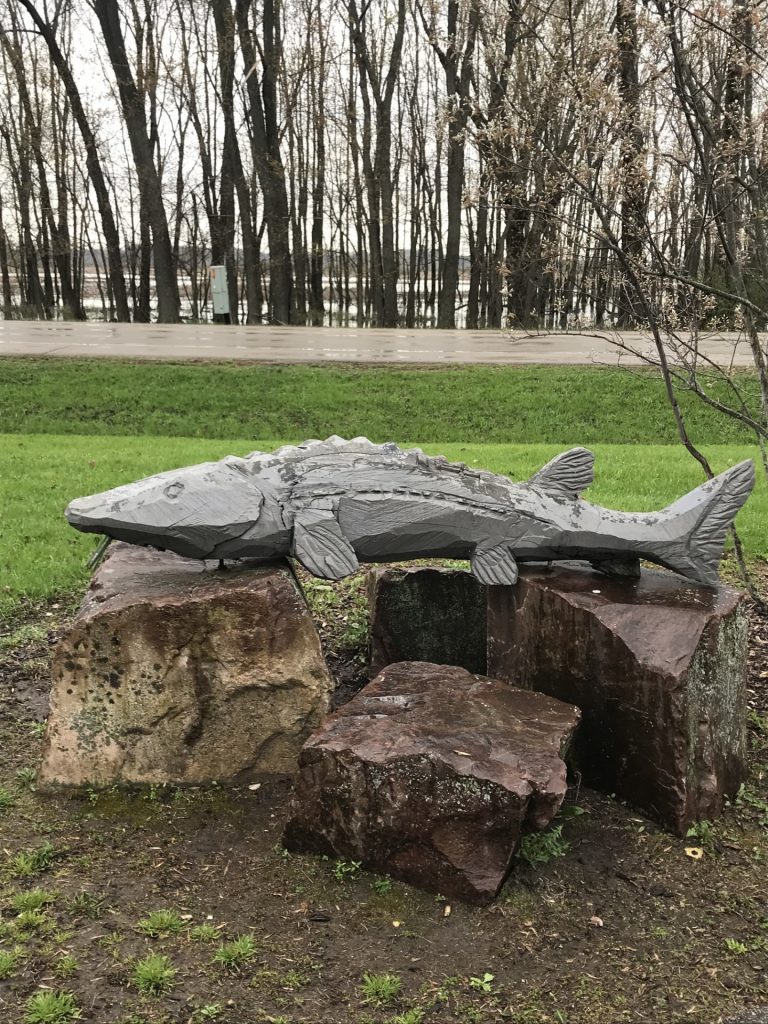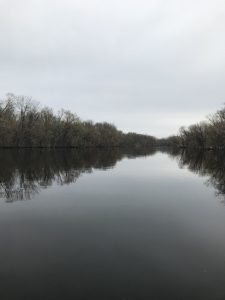Communications Specialist
Communications Specialist – Full-Time
The Communications Specialist is a key part of the team of the Fox-Wolf Watershed Alliance (Fox-Wolf). The Communications Specialist works cooperatively with staff to develop and implement strategies for communications that will increase the visibility of the organization, watershed recovery initiatives, and projects.
The successful applicant will bring skills in writing, graphic design, creativity, and time management. Key duties include managing digital and print communications, developing content, establishing communication calendars and processes, and tracking metrics.
While reporting directly to the Executive Director, the Communication Specialist will work closely with Recovery Area Directors and all program staff to build support for organizational initiatives.
To apply, email resume and cover letter to jessica@fwwa.org.
The post Communications Specialist appeared first on Fox-Wolf Watershed Alliance.
Fox-Wolf Watershed Alliance
https://fwwa.org/2024/02/05/communications/?utm_source=rss&utm_medium=rss&utm_campaign=communications





